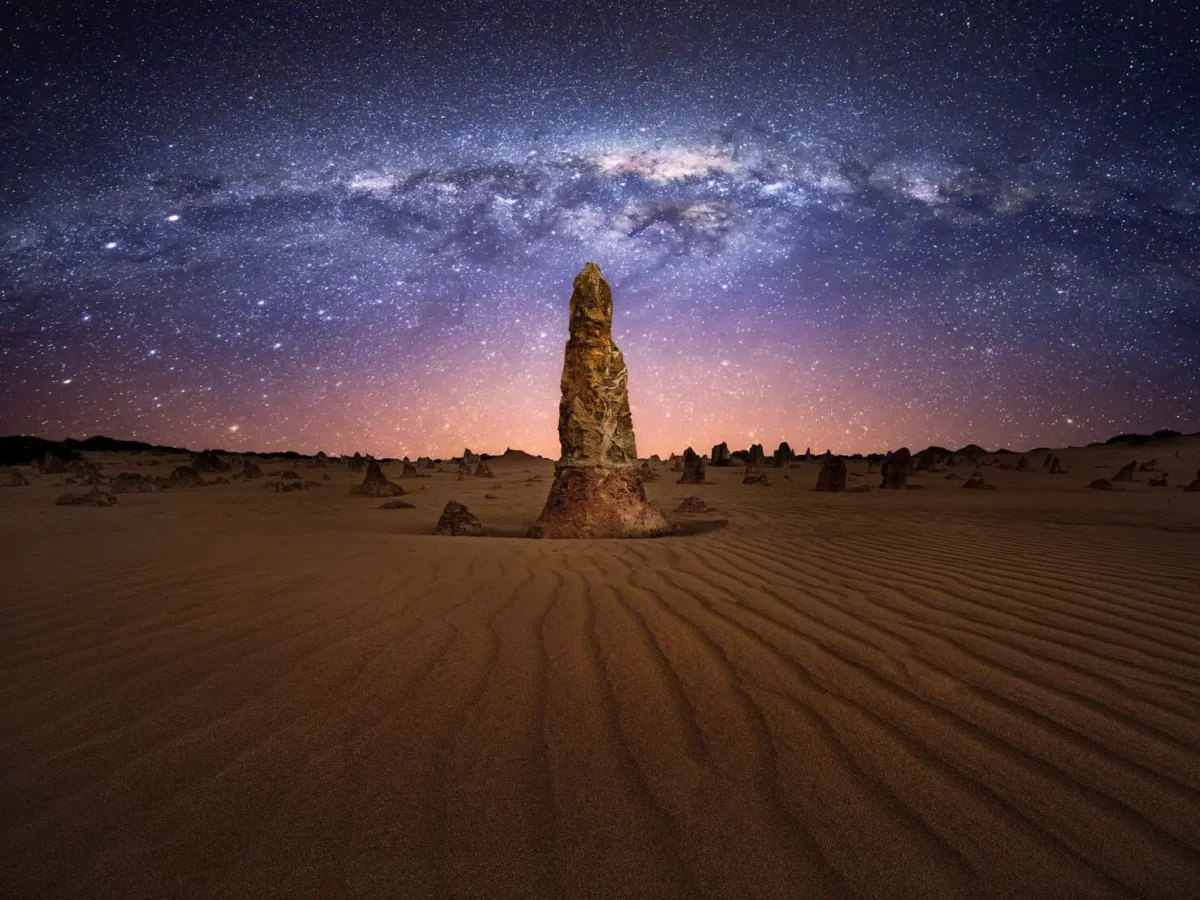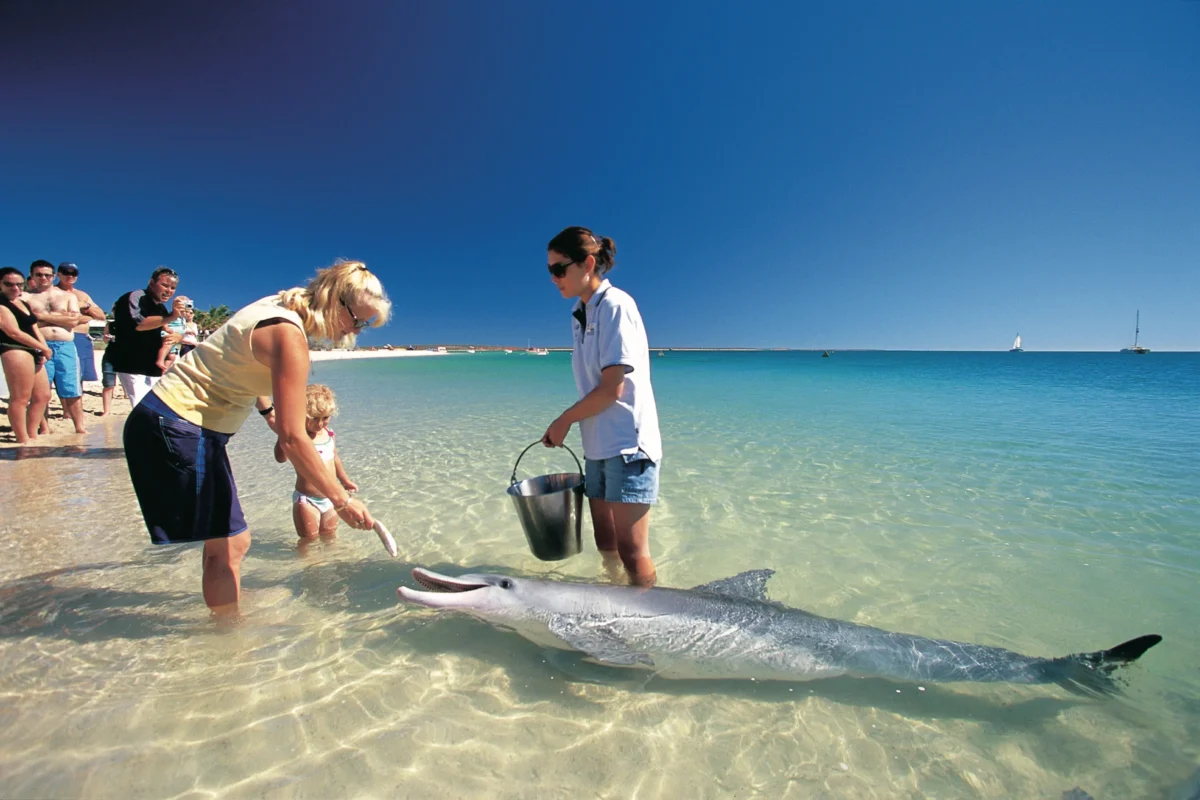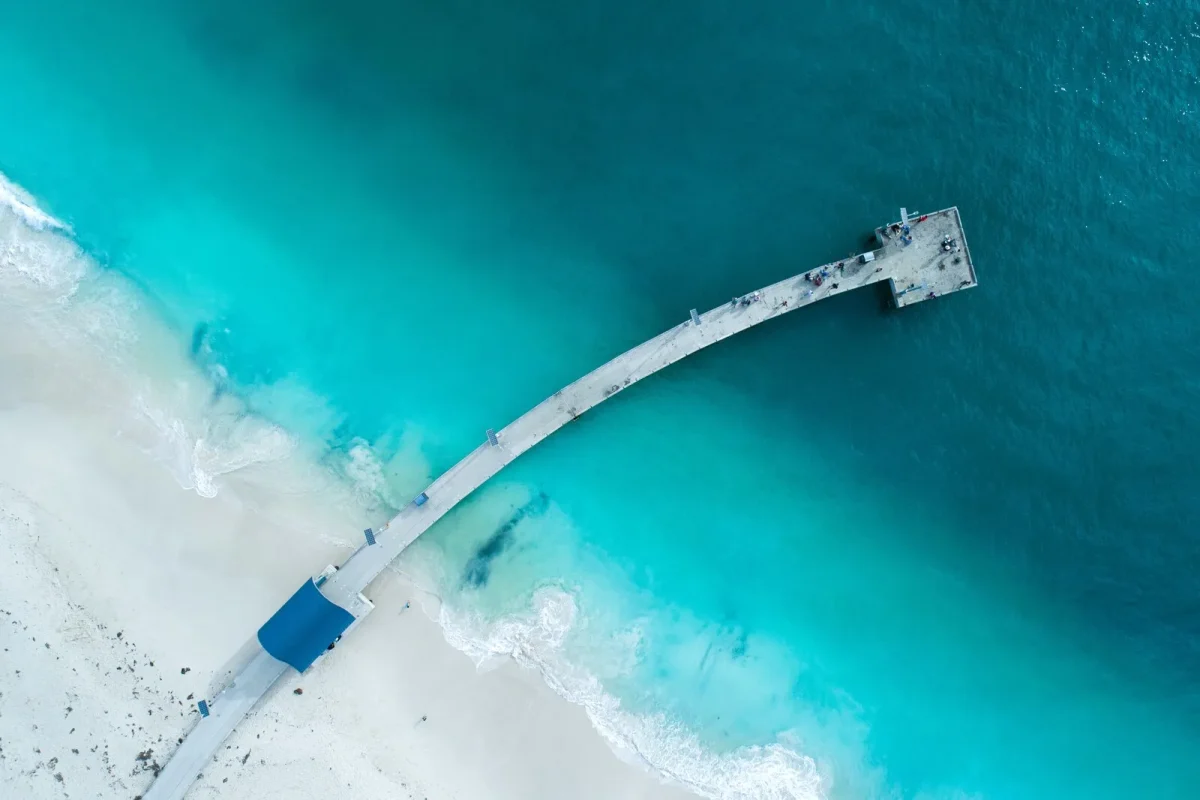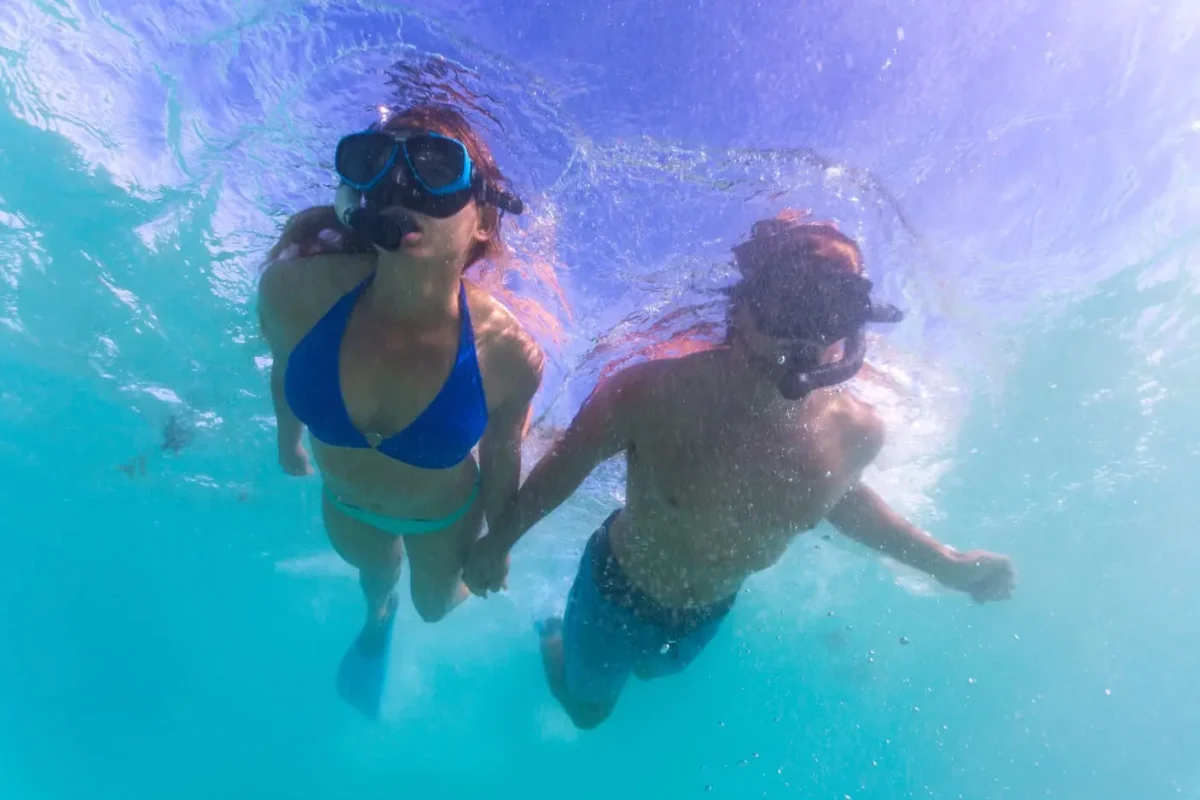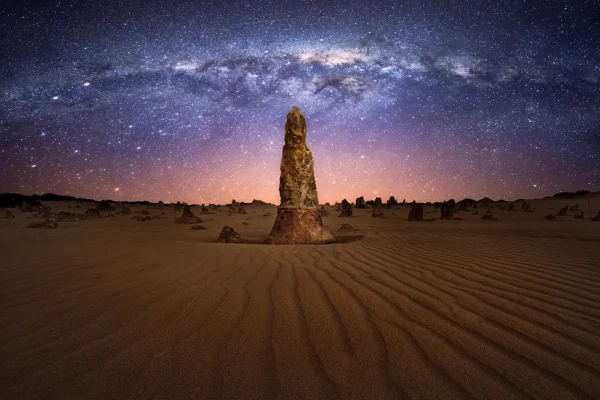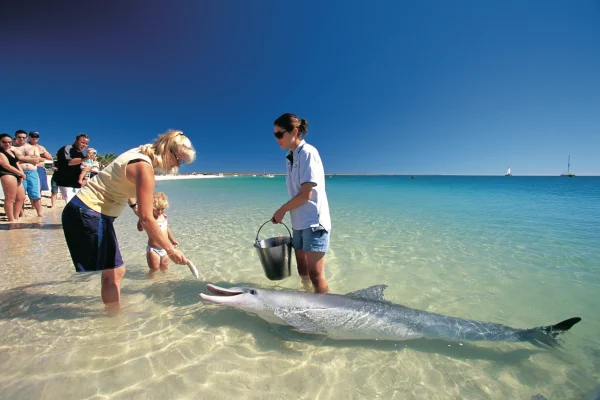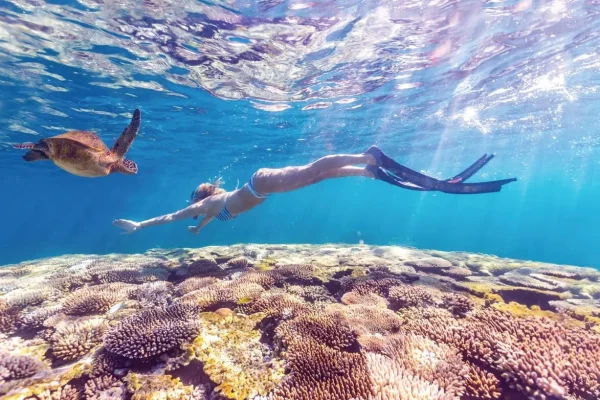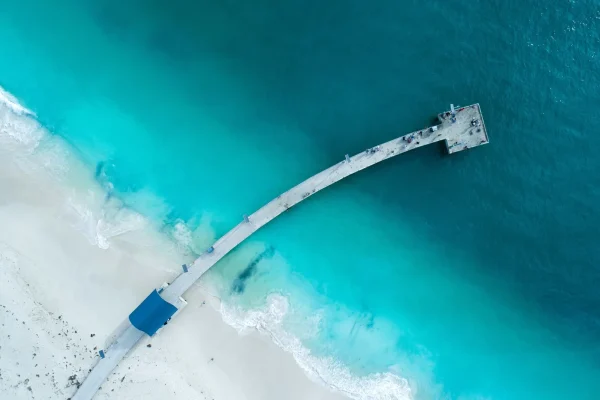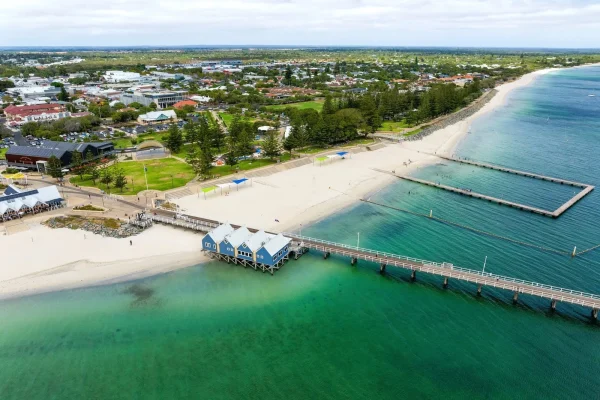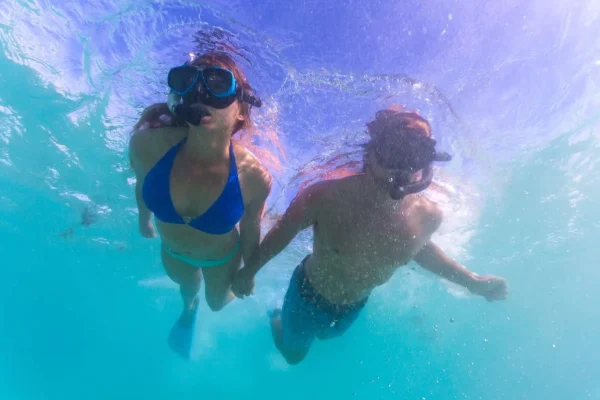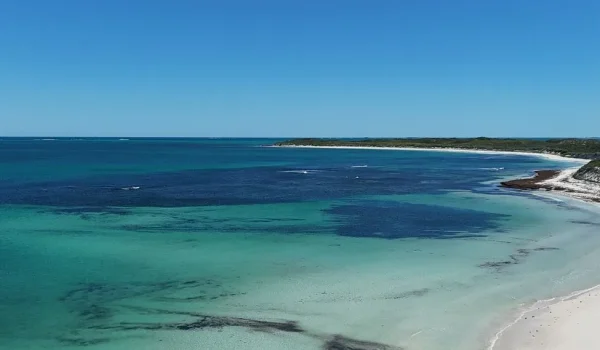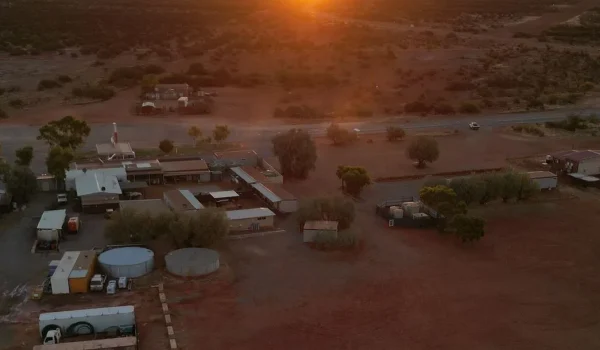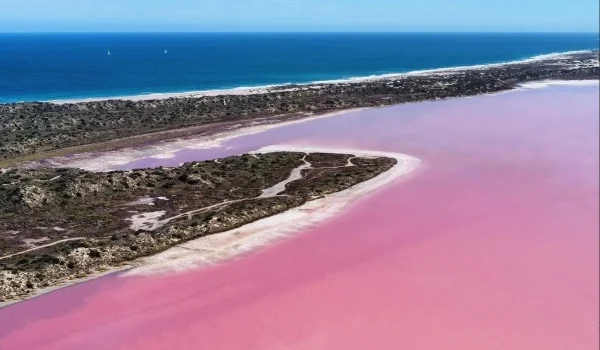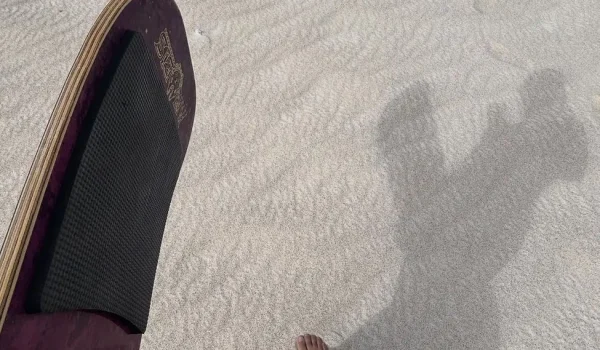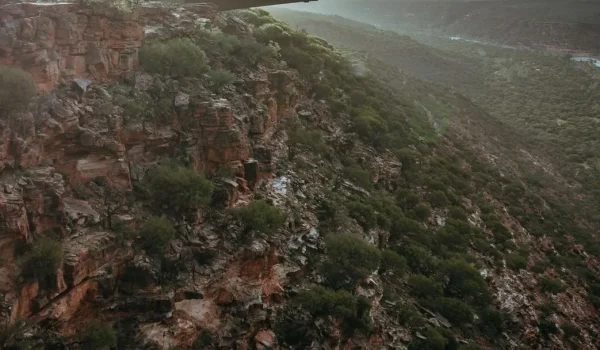The Pinnacles Desert is one of Western Australia’s most charming natural attractions, with its many limestone pillars rising from the sand.
But how did Pinnacles come to be? And when is the best time to visit Nambung National Park to see these rock formations?
Nestled in the heart of Nambung National Park, the Pinnacles Desert is one of the most remarkable places Western Australia offers.
History of the Pinnacles Desert
It owes its name to thousands of natural columnar formations ranging in height from 1 metre to 3.5 metres. The rocks have a rugged, weathered appearance due to the yellow sand that is spread in different directions when the columns are formed.
The Pinnacles are believed to be between 25,000 and 30,000 years old. However, the Pinnacles Desert only became widely known in the 20th century, and Nambung National Park itself was created only in 1994 when three protected areas were merged.
They are made of limestone from broken seashells and corals brought inland and exposed to the elements. However, the formation of these unusual shapes remains a mystery. One theory suggests that they result from massive deposits of limestone eroded by weathering over time. Another theory is that they were initially tree forms or roots hardened by the sand’s calcium and covered with limestone.
Discover the beauty of the world with Pinnacle Tours. Our expert guides will take you on an unforgettable journey to the most stunning locations.
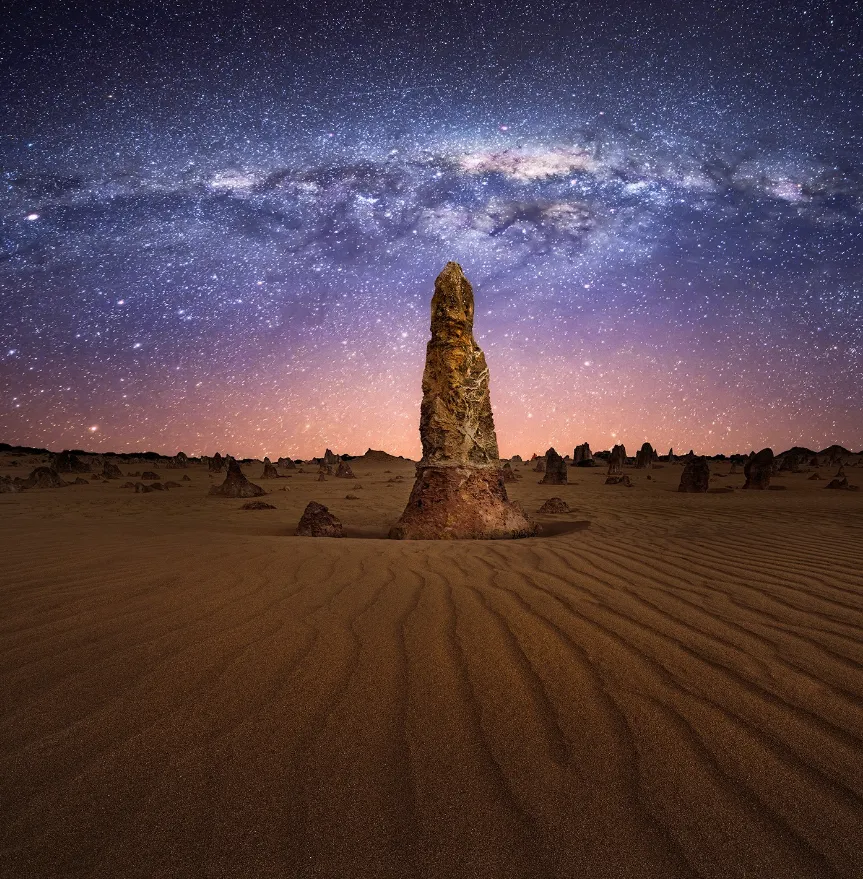

Pinnacles Attractions, Nambung National Park
Although the main attraction of the Pinnacles is its impressive formations, there is plenty to do in the Nambung National Park.
If you want to learn more about the history of the natural landscape and the processes behind the formation of the Pinnacles Desert, visit the Pinnacles Desert Discovery Centre. It is often one of the first stops for tourists visiting the local national parks in Western Australia.
There are also many other attractions to discover during your stay. The national park is home to many Australian wildlife, including several species of kangaroos, dingoes, possums, emus, and red foxes. You may also encounter reptiles, including bobtails and snakes. Nambung National Park also borders the Indian Ocean to the west. Here, you can often see sea lions, dolphins, and maybe even humpback whales if you come here during their migration. But remember not to disturb Australia’s precious wildlife!
The area’s natural beauty is further enhanced by the many rare plants and flowers that grow here and the beautiful beaches of Hangover Bay and Kangaroo Point. You can also admire the Nambung River, which flows through the park’s natural limestone caves.
Activities available in Nambung National Park
Pinnacles and Nambung National Park is located near the charming coastal towns of Cervantes and Jurien Bay. Here, you will find many other natural attractions and the opportunity to participate in various excursions and tourist attractions, including water sports and skydiving!
You can also take the opportunity to visit the Southern Beekeepers Nature Reserve north of Nambung, an area with fascinating flora and fauna to snap.
The Pinnacles Desert is also within easy reach of Western Australia’s capital city, Perth.
Getting to Pinnacles
Travellers starting in Perth tour should take Wanneroo Road north, which transitions into Indian Ocean Drive. There is a signposted turn-off to Pinnacles on the right.
This scenic drive along the Coral Coast will take about two hours. Alternatively, you can drive 2 km south of Cervantes to reach the border of Nambung National Park. From here, it is another 14 km to the Pinnacles car park.
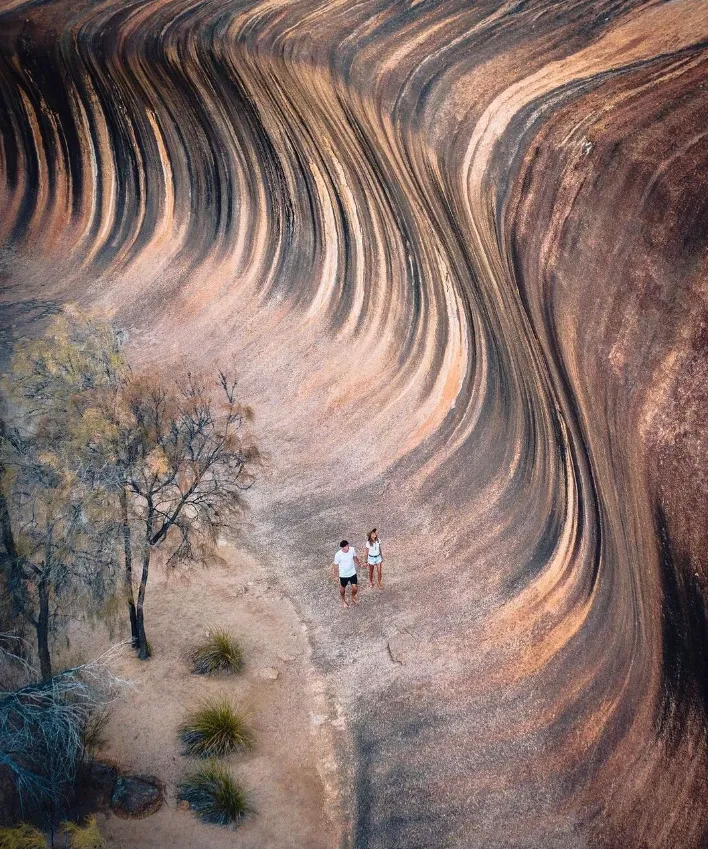
Visit the Pinnacles Desert Discovery Centre for more information.
FAQ
What are the Pinnacles?
The Pinnacles are thousands of natural limestone pillars, 1–3.5 metres tall, formed from ancient seashells and corals within Nambung National Park.
How old are the Pinnacles?
They are estimated to be between 25,000 and 30,000 years old, though their exact formation process remains a mystery.
What wildlife can I see in Nambung National Park?
You may spot kangaroos, dingoes, emus, reptiles, and marine life like sea lions, dolphins, and migrating humpback whales.
What else can I do besides visiting the Pinnacles?
Explore the Pinnacles Desert Discovery Centre, enjoy beaches like Hangover Bay, visit nearby towns Cervantes and Jurien Bay, and try activities such as water sports and skydiving.
How do I get to the Pinnacles from Perth?
Drive north on Wanneroo Road, which becomes Indian Ocean Drive, and follow the signposted turn-off; the trip takes about two hours.
Related Tours
Popular Articles

Hangover Bay is one of those names that makes you do a double-take on the map, sitting pretty on the Coral Coast of Western Australia
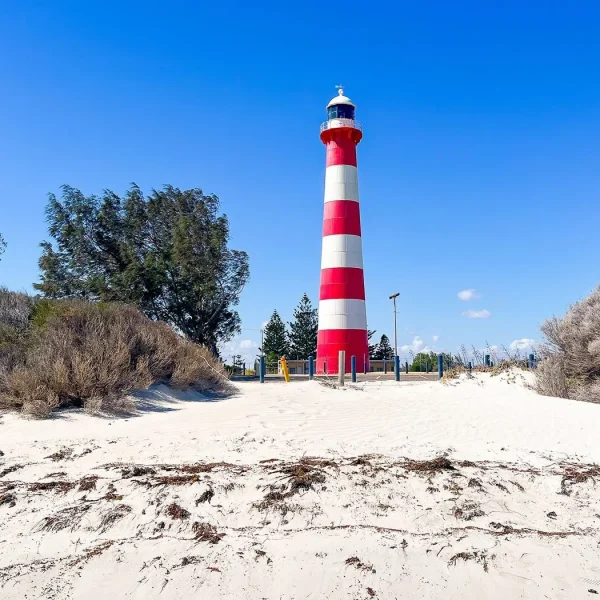
Point Moore Lighthouse is one of those places that gets stuck in your memory — a big red and white sentinel on Yamaji Country in
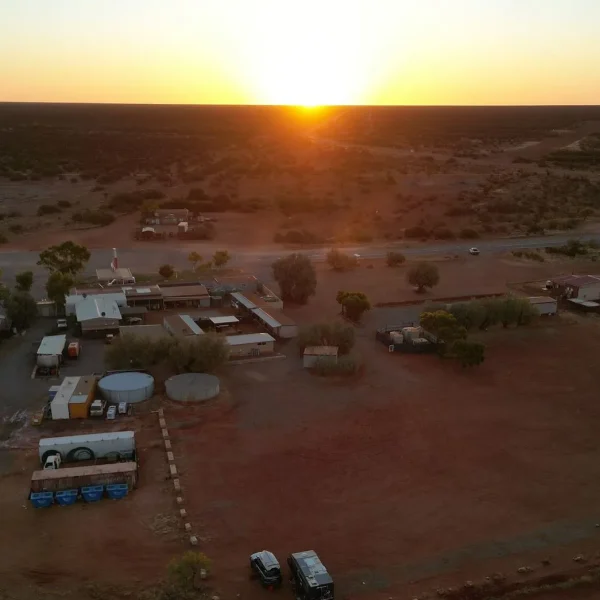
Every traveller on the North West Coastal Highway (N W Coastal Hwy) will eventually end up at the Overlander Roadhouse. This isn’t just a BP
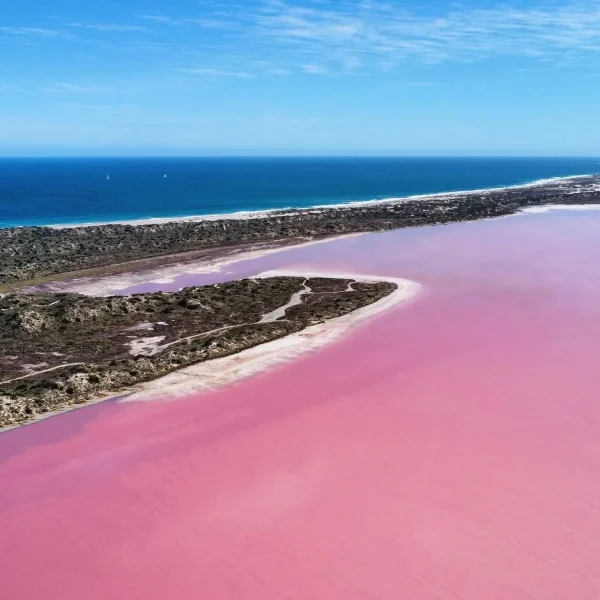
Hutt Lagoon Pink Lake in Western Australia is a sight that will stop even the most seasoned traveller in their tracks. Tucked beside Port Gregory
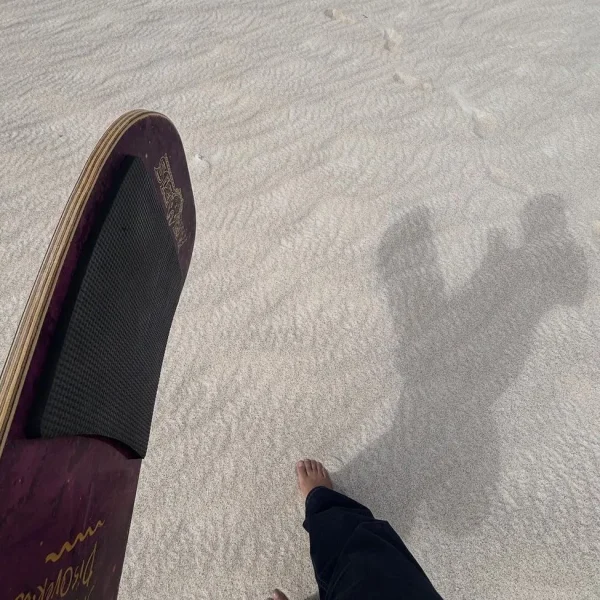
Most people on the Coral Coast have heard of the Pinnacles Desert but few can point to Nilgen Nature Reserve on a map. This coastal
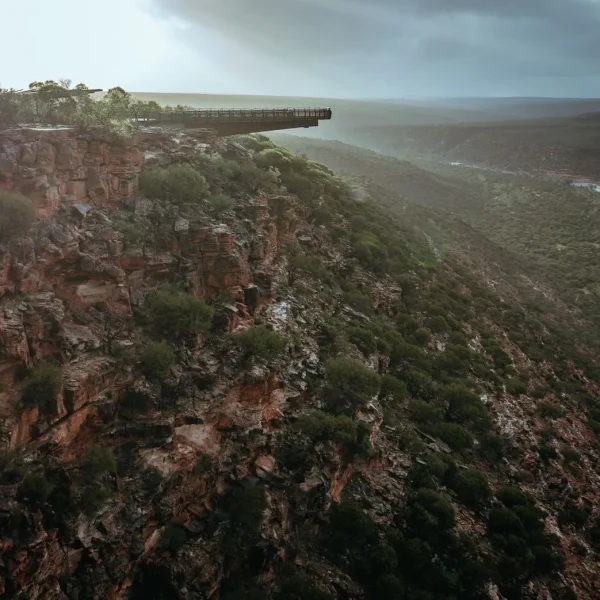
Most people know Kalbarri for its coastal cliffs, but Murchison River Gorge inside Kalbarri National Park is the real showstopper inland. This 80km canyon carved

Shell Beach in Shark Bay, Western Australia, is one of those places that makes you slam on the handbrake and just stand there in wonder.
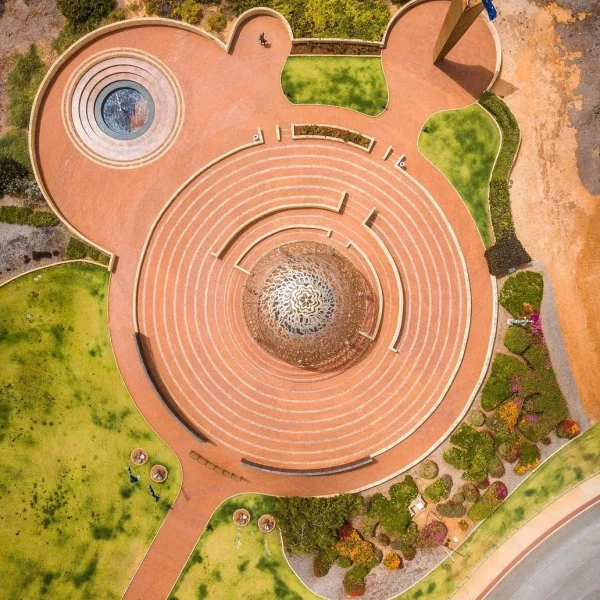
The HMAS Sydney War Memorial on Mount Scott in Geraldton, Western Australia, is one of the most moving things I’ve seen in my years of
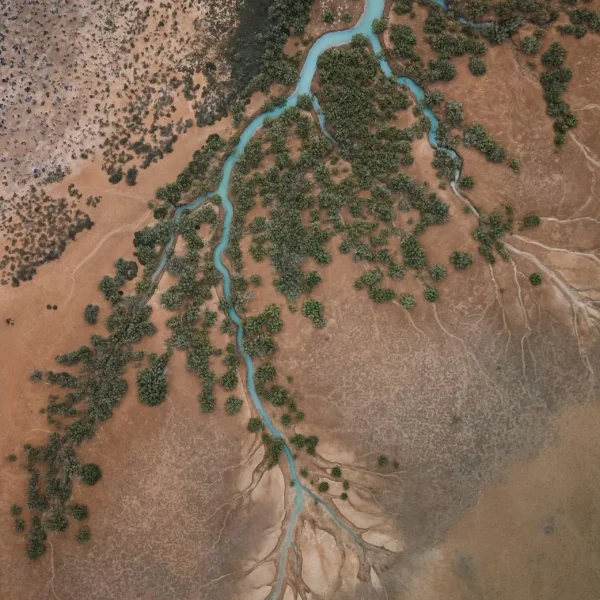
Western Australia is more than just a big space on the map; it’s a vast, living land where the Indian Ocean laps against desert dunes,
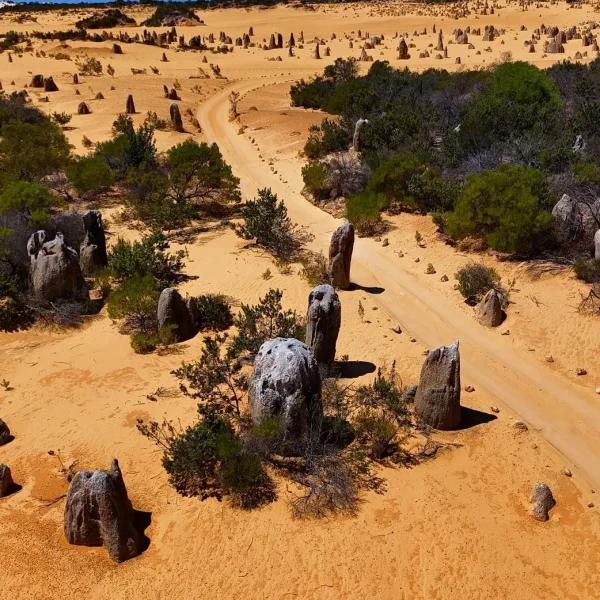
The name Nambung National Park will be familiar to many Australians thanks to the surreal limestone pillars known as The Pinnacles. For me, Paul Beames,
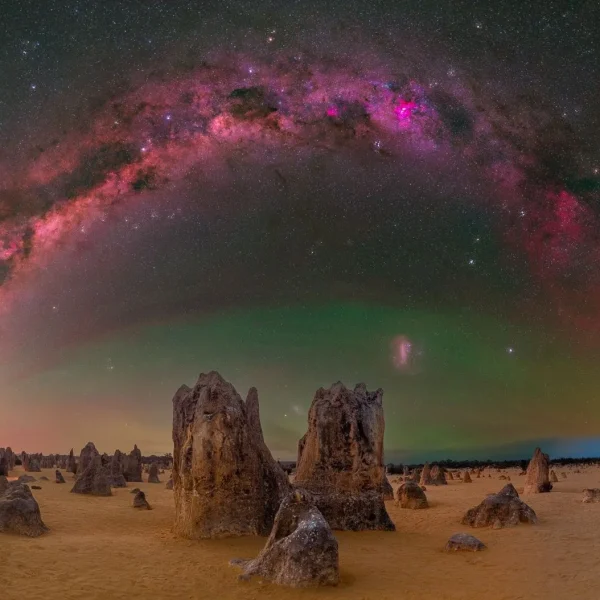
Few travel experiences in Western Australia will stop you in your tracks like seeing the Milky Way over the Australian Pinnacles. I’m Paul Beames, and
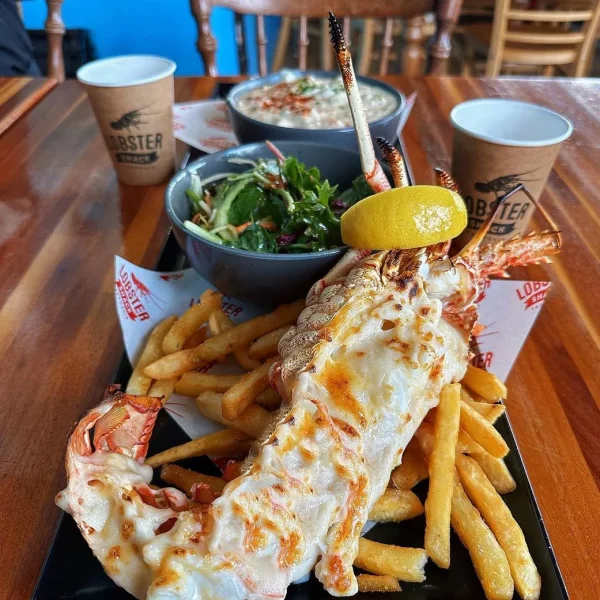
The Beachfront Lobster Shack in Cervantes, Western Australia, has a way of pulling you in before you’ve even taken a bite. Sitting right on the
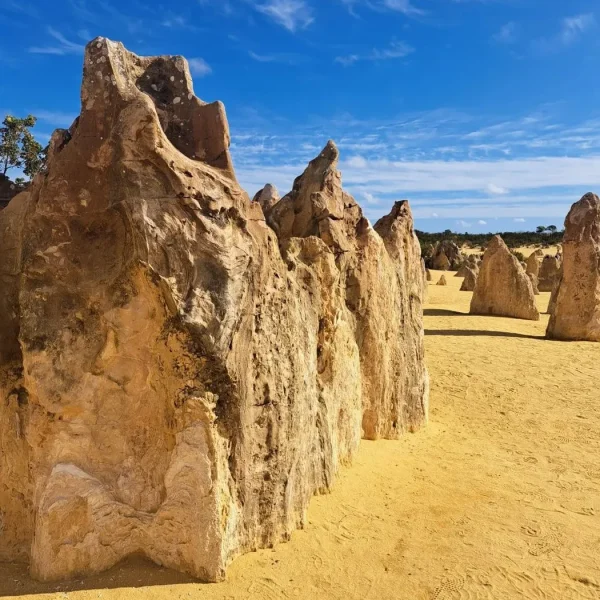
Few places in Western Australia will stop you in your tracks like the Pinnacles WA — thousands of limestone spires rising out of golden desert

The largest lavender farm in Perth grows, harvests, and distils lavender on-site. Yanchep Lavender Farm is located just 50 minutes north of Perth. It’s an excellent place

Next to the red earth of the Cape Ranges lie the turquoise lagoons of the Ningaloo Reef, home to some of the world’s most incredible
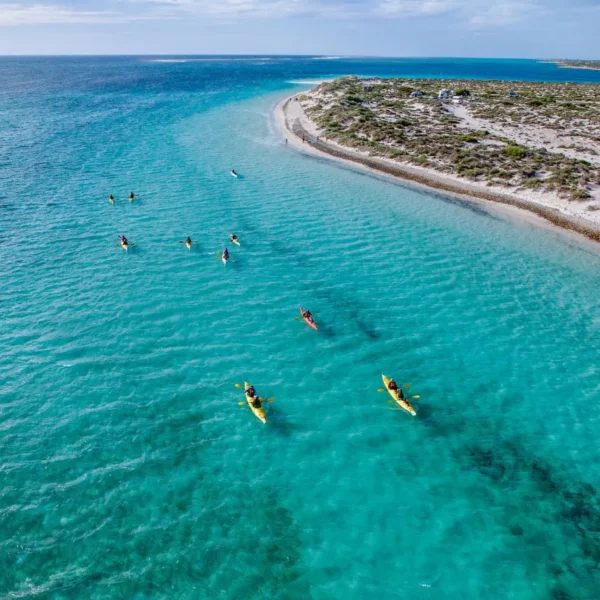
Exmouth is a popular holiday destination for good reason: the many natural experiences and attractions that surround this coastal city, including the iconic Ningaloo Reef and the
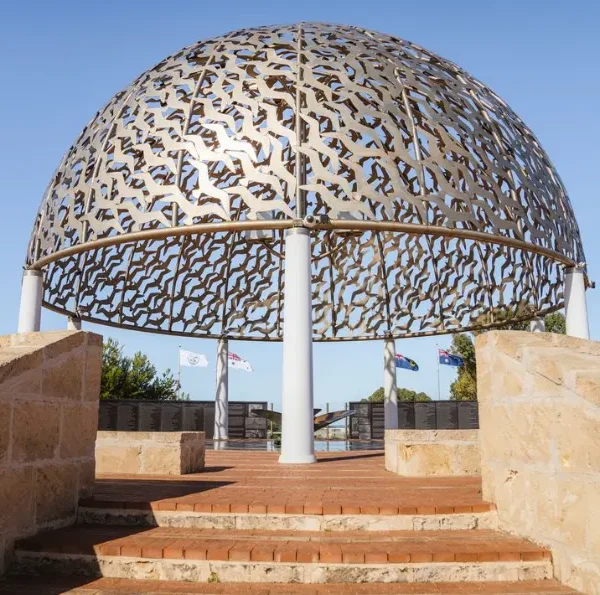
Discover Geraldton’s pink lakes, diving atolls, Aboriginal culture trails, and numerous restaurants that serve Australia’s famous lobster! The Geraldton area stretches south to the historic
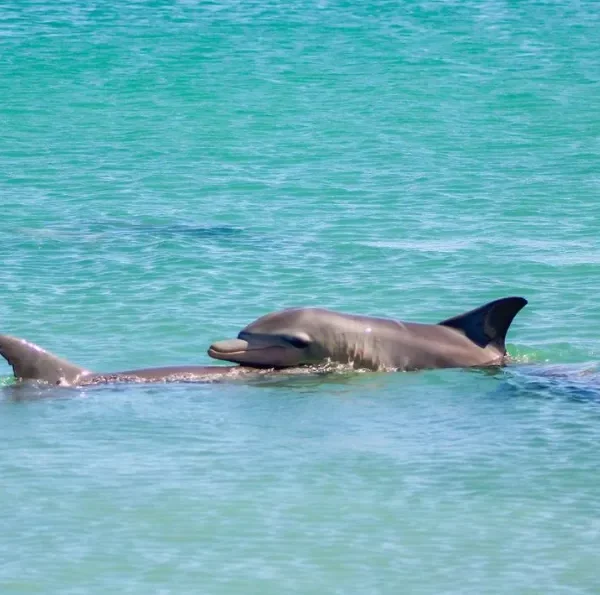
Monkey Mia is a park that is a must-see for families and nature lovers alike. Best known as the home of the Monkey Mia dolphins,
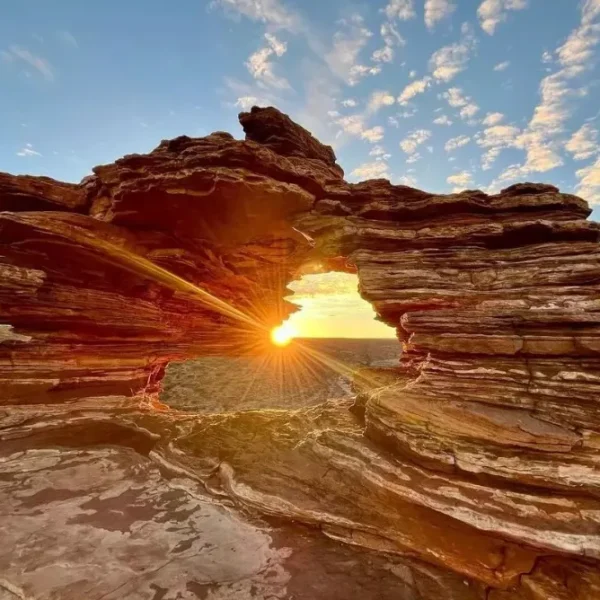
Are you planning a trip to Kalbarri National Park? The adventure awaits! Less than a day’s drive from Perth, this natural wonder of Western Australia is known
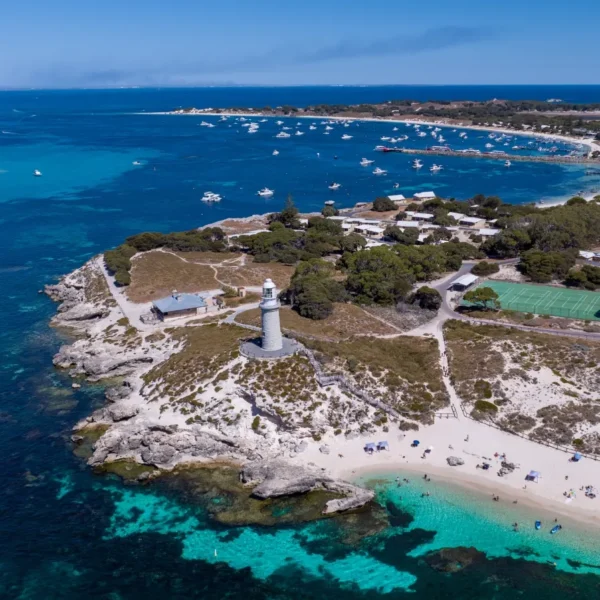
When it’s time to relax, swap the hustle and bustle of the city for the sandy havens of Rottnest Island.Located just 19km off the coast

Things to See in Perth: Dive into the top 23 highlights of Perth. From lush gardens, serene islands, and breathtaking beaches to a rich tapestry
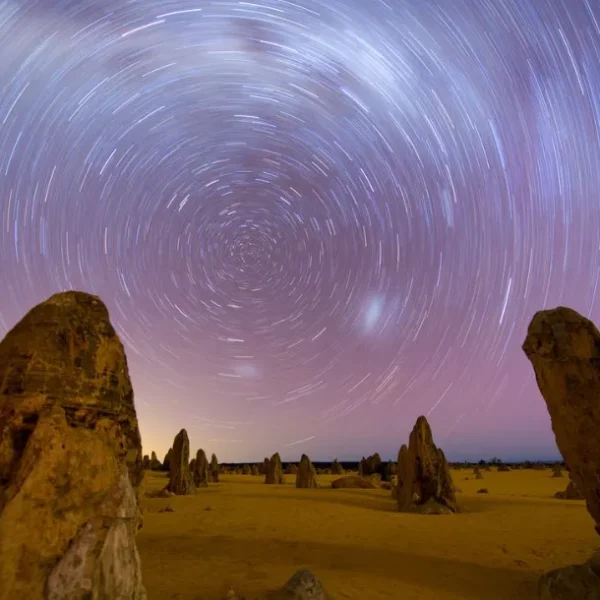
The Pinnacles Desert is one of Western Australia’s most charming natural attractions, with its many limestone pillars rising from the sand. But how did Pinnacles
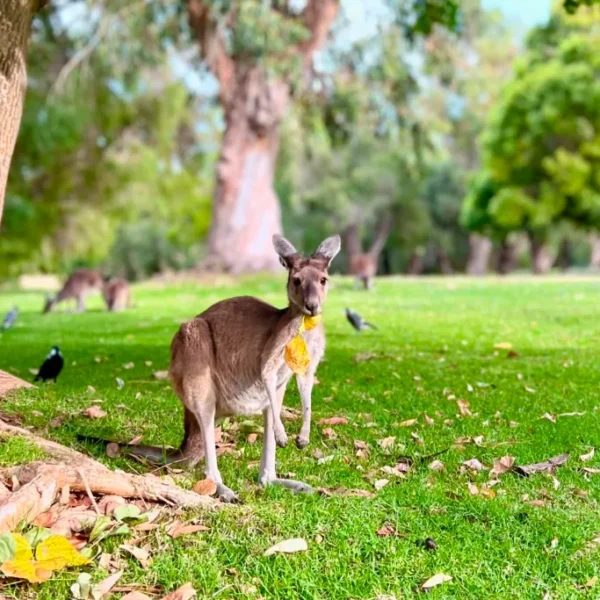
Perhaps best known for its spectacular National Park, the coastal city of Yanchep is home to intriguing historical sites, beautiful nature and some of Perth’s

